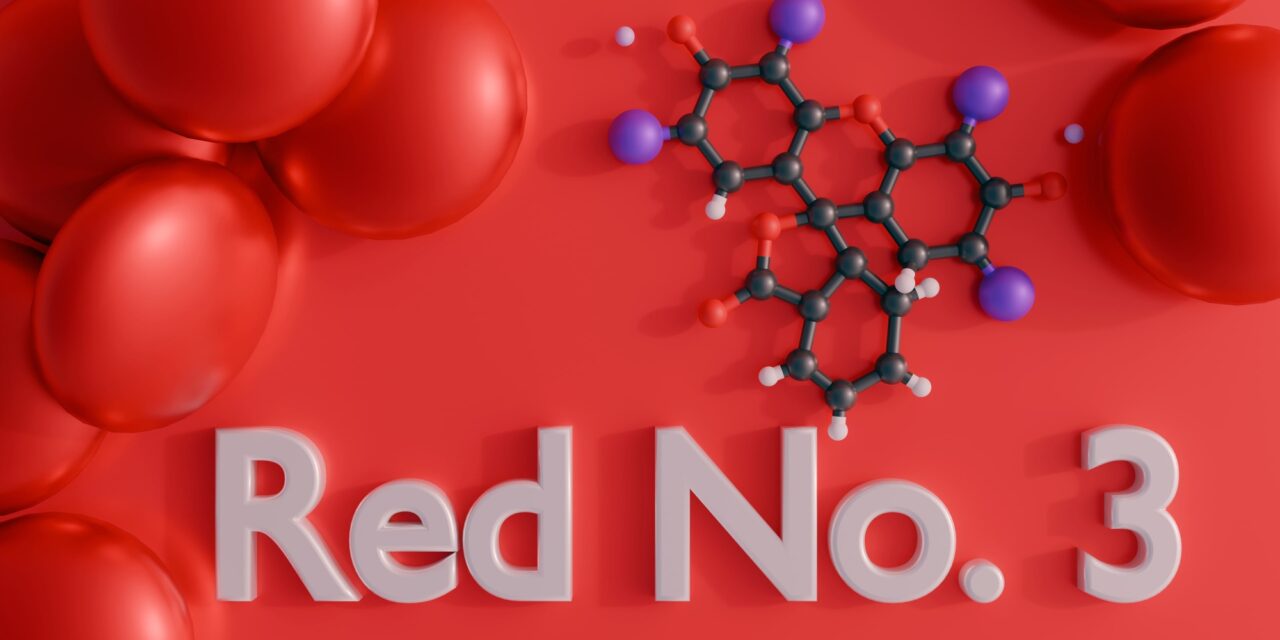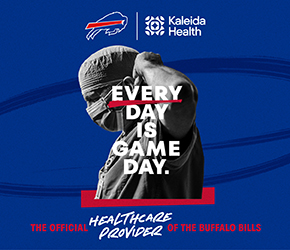FDA Revokes Use of Red Dye in Food and Drugs

By Annette Pinder
The U.S. Food and Drug Administration (FDA) has made a significant decision to revoke the authorization for using red dye in food products. The decision has profound implications for the food industry, consumers, and the future of food safety regulations.
Red dye, specifically Red Dye No. 3 and other variants, has been a common additive in various food products for decades to enhance the visual appeal of foods. Candies, beverages, baked goods, and even some processed meats often contain red dye to give them a vibrant and appealing color.
Over the years, various scientific studies have raised concerns about the safety of artificial food dyes, with some showing adverse health effects, such as hyperactivity in children, allergic reactions, and even cancer.
The FDA’s decision is the result of extensive review and consideration of recent scientific evidence and public health concerns based on recent studies, which show that even at low levels, prolonged exposure to red dye can pose significant health risks, particularly in vulnerable populations such as children. Additionally, consumer advocacy groups have been pushing for stricter regulations and more transparency in food labeling. Finally, the decision aligns with actions taken by regulatory bodies in other countries which have banned certain artificial dyes in food products.
Food manufacturers will need to reformulate their products to comply with the new regulations, and companies will need to update their labeling and packaging to reflect the absence of red dye. The FDA’s move is part of a larger effort to prioritize public health and ensure that food products are safe for all consumers. The decision may also lead to further revisions and regulations concerning other artificial food additives.
One of positive outcome of this decision is the impetus it provides for developing and adopting natural alternatives to food dyes, such as natural colorants derived from fruits, vegetables, and other plant sources. The FDA’s decision is expected to have global implications, influencing food safety standards and regulations in other countries. As a leading authority in food regulation, the FDA’s actions often set a precedent that other nations follow. This move may prompt international regulatory bodies to reassess their own policies regarding artificial food additives.
The FDA’s revocation of authorization for red dye in foods is a landmark decision that reflects the evolving landscape of food safety and consumer advocacy. This move underscores the importance of scientific research, consumer awareness, and international cooperation in shaping food regulations. As the food industry adapts to these changes, the focus on natural alternatives and transparency will pave the way for a healthier and safer future for all consumers.
Manufacturers who use FD&C Red No. 3 in food and ingested drugs will have until January 15, 2027, or January 18, 2028, respectively, to reformulate their products. Learn more about the decision at FDA.gov.











